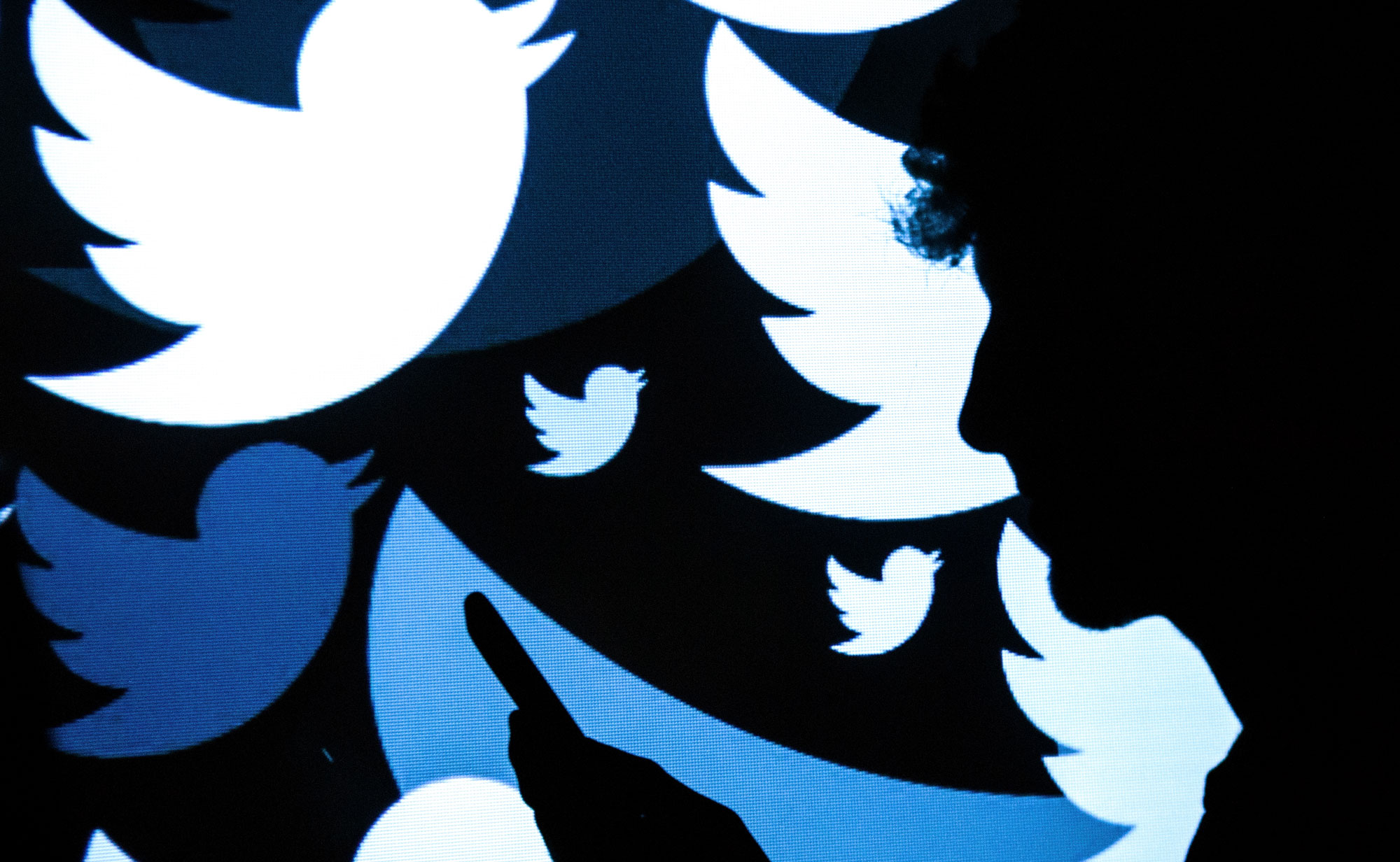Twitter has to figure out what to do with dead people
Twitter said it would shut down any account that hasn’t logged in for six months, starting from December 11. It wasn’t ready for the backlash.
Adam Packer met Dean on Twitter. Adam tweeted at Dean to tell him his cat looked cute. They started messaging privately. They arranged to meet each other in London’s Trafalgar Square for the first time in 2015, hit it off immediately, and became a couple. When Dean passed away from a rare form of cancer in the fall of 2017, Adam took comfort from scrolling through Dean’s tweets.
“It was an important part of my grieving process. Seeing videos of him, hearing his voice,” he says.
This week he feared he might be about to lose those memories. Twitter emailed users warning it would delete any account that hasn’t logged in for more than six months from December 11.
This story is only available to subscribers.
Don’t settle for half the story.
Get paywall-free access to technology news for the here and now.
Subscribe now
Already a subscriber?
Sign in
Initially the news was greeted with glee, mostly by people who want to get their hands on their own name as their username on Twitter.
However, it didn’t take long for people, including Packer, to start pointing out that Twitter had effectively announced a plan to erase dead people from its platform, with no way to appeal the decision.
Neither was Twitter offering any way to memorialize people’s accounts after they had passed away, meaning people risked losing this connection to loved ones permanently. It would also be problematic for historical record-keeping: for example, the cull would erase everything tweeted by Senator John McCain, who died last year.
Yesterday, Twitter was forced to back down, promising it will not remove any inactive accounts until it’s created a way for people to memorialize their loved ones on the site.
In many ways, it’s a surprise it’s taken so long for 13-year-old Twitter to start to grapple with the issue of the online footprints we leave behind when we die. Losing these for a loved one can be deeply traumatic, says Drew Olanoff, whose father passed away in September 2015.
Already grief-stricken, he was devastated when his father’s Facebook account was deleted by another family member, with the loss of all the private photos, videos, posts, and messages that entails. The prospect of the same process happening to his father’s Twitter account was especially stressful as a result. “I feel like I am reliving what happened to me with Facebook all over again,” he says.
Twitter’s current policy is to encourage people to keep accounts active by logging in and tweeting at least every six months, but that doesn’t address the issue of dead people on the platform. Their loved ones might not have a password, or they might find it inappropriate to tamper with a dead person’s account.
Facebook started offering an option for friends or family to memorialize people back in 2009. It asks for the date of their passing and proof of their death, like a death certificate or obituary. Their Facebook profile is then preserved as it was left and labeled as a memorial account; it cannot be logged into. This year Facebook updated the service with the option for friends and family to share tributes on the deceased person’s profile.
Now it’s Twitter’s turn to work out what to do with dead people. It will be challenging. People’s identities are harder to verify on the platform, which allows pseudonyms, and some people have multiple accounts. However, it is doable, Olanoff says.
“They are smart people. They can work it out. The only reason they haven’t done it already is that you have to go down the rabbit hole of how to verify people,” he says. However, after this week a lot of people are still feeling sore that Twitter put them through this stress.
“It goes to show what a big tech company’s priorities are when it comes to our data,” says Packer. “Twitter gave us a way to share every aspect of our lives. I know they’re a tech firm and the value is the data we produce, but we need a way to say ‘This person should not be eradicated from the internet.’”
